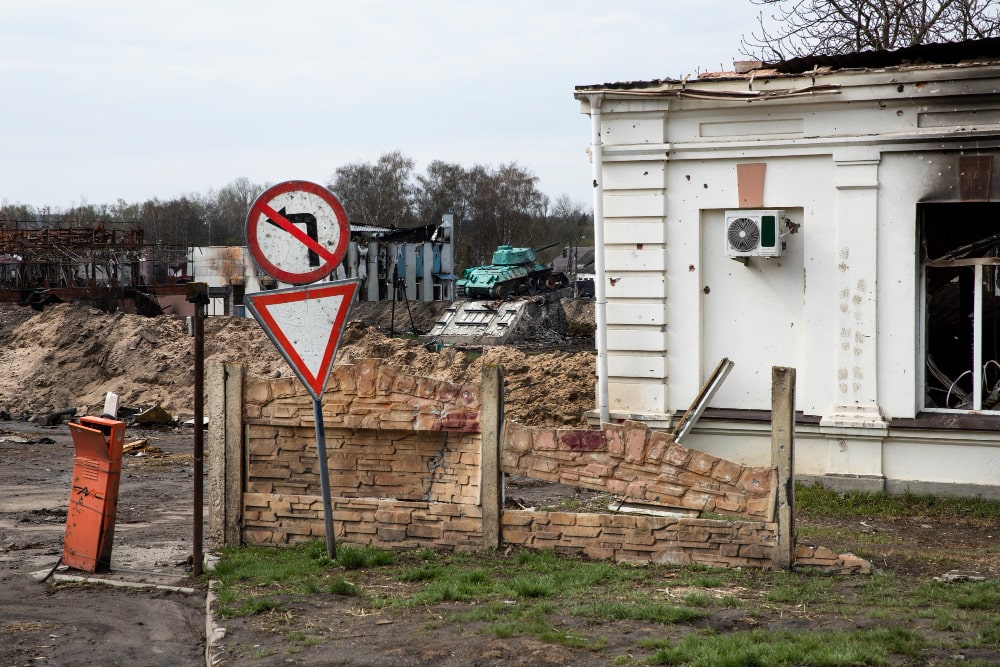When the skies darken, and the wind starts to howl, the threat of a storm looms large. Storms, whether they are hurricanes, tornadoes, thunderstorms, or blizzards, have the potential to wreak havoc on homes and communities.
The key to protecting your home and reducing the impact of storm damage is preparedness. In this comprehensive guide, we’ll explore preventive measures for storm damage mitigation and how to create a restoration plan to minimize damage and recovery time.
The Power of Preparedness
Preparedness is the cornerstone of storm damage mitigation. It involves understanding the risks associated with your location and taking proactive steps to safeguard your home and loved ones. Let’s dive into the essential aspects of storm preparedness.
Know Your Risk
Understanding the specific risks associated with your geographical location is vital. Different areas are prone to various types of storms. Research local weather patterns, historical storm data, and potential vulnerabilities in your neighborhood.
Emergency Kits and Supplies
One of the first steps in preparedness is creating an emergency kit. It should include essential supplies such as non-perishable food, water, flashlights, batteries, a first-aid kit, and important documents. Having this kit readily accessible ensures you’re equipped to weather the storm and its aftermath.

Home Insurance Review
Review your home insurance policy to understand what types of storm damage it covers. If necessary, consider upgrading your policy to ensure adequate coverage for potential storm-related losses.
Strengthening Your Home
The structural integrity of your home is crucial in storm mitigation. Consider the following steps:
Roof Reinforcement
Inspect your roof for loose or missing shingles, damaged flashing, or weakened areas. Reinforce the roof with appropriate materials and secure any loose elements.
Impact-Resistant Windows and Doors
Invest in impact-resistant windows and doors to protect against flying debris during storms. These products can significantly reduce the risk of damage to your home’s interior.
Secure Outdoor Items
Outdoor furniture, decorations, and loose objects can become projectiles in high winds. Secure or store these items to prevent them from causing damage to your home or neighboring properties.
Storm Damage Mitigation
Once you’ve prepared your home and gathered essential supplies, it’s time to focus on mitigating potential storm damage. The goal is to minimize the impact of the storm on your property. Here are some storm-specific mitigation strategies:
Hurricane Preparedness
If you live in a hurricane-prone area, the following measures are essential:
Storm Shutters
Install storm shutters to protect your windows from hurricane-force winds and flying debris. Strengthen your garage doors to prevent them from collapsing under the pressure of high winds. Elevate electrical systems, such as outlets and circuit breakers, to prevent water damage in the event of flooding.
Tornado Preparedness
Tornadoes can strike suddenly, so be ready with these precautions:
Designate a Safe Room
Identify a safe room in your home, such as a basement or an interior room on the lowest floor. Reinforce it to withstand strong winds.
Reinforce Roof and Walls
Ensure that your roof and walls are structurally sound. Consider roof anchors and wall braces for added protection.
Thunderstorm Preparedness
Thunderstorms can bring lightning, heavy rains, and strong winds. Protect your home with these actions:
Lightning Rod Installation
Consider installing lightning rods to divert lightning strikes away from your home.
Proper Drainage
Ensure that your home’s drainage systems are functioning correctly to prevent water damage from heavy rainfall.

Blizzard Preparedness
In regions prone to blizzards, the following measures are essential:
Insulate and Seal
Properly insulate your home and seal any gaps or cracks to keep cold air out and warm air in. Have an alternative heating source, such as a generator or a wood-burning stove, in case of power outages during blizzards.
Creating a Restoration Plan
Despite your best preventive efforts, storm damage can still occur. To reduce recovery time and costs, it’s essential to create a restoration plan. This plan outlines the steps you’ll take immediately after the storm to ensure a swift and organized response.
Safety First
Before addressing property damage, ensure the safety of you and your loved ones. Evaluate any potential hazards, such as downed power lines or unstable structures.
Document the Damage
Thoroughly document the storm damage. Take photographs and make a list of damaged items, structures, and areas of your home. This documentation will be crucial when working with insurance companies.
Temporary Repairs
Perform temporary repairs to prevent further damage. Cover broken windows, tarp damaged roofs, and shore up weakened structures. Remember that safety should be your top priority during these activities.
Notify your insurance company about the damage as soon as possible. Provide them with the documentation you’ve collected. Consider having a professional, such as a contractor or a restoration expert, assess the extent of the damage. They can provide a comprehensive analysis and a detailed plan for restoration.
Restoration Process
Follow the restoration plan provided by professionals. This may include repairs to the roof, walls, electrical systems, and plumbing.
Conclusion
Storm damage mitigation and restoration planning are critical for safeguarding your home and loved ones. By being proactive in preparedness, implementing storm-specific mitigation strategies, and having a restoration plan in place, you can reduce the impact of storms on your property and expedite the recovery process. Remember that storms are unpredictable, but your readiness doesn’t have to be.
In the face of a storm, your preparedness can make all the difference. It not only protects your physical assets but also ensures the safety and well-being of your family. Storms may test your resilience, but with a well-thought-out plan and the right preventive measures, you can weather the storm and emerge stronger on the other side. Stay safe, stay prepared, and stay resilient.

